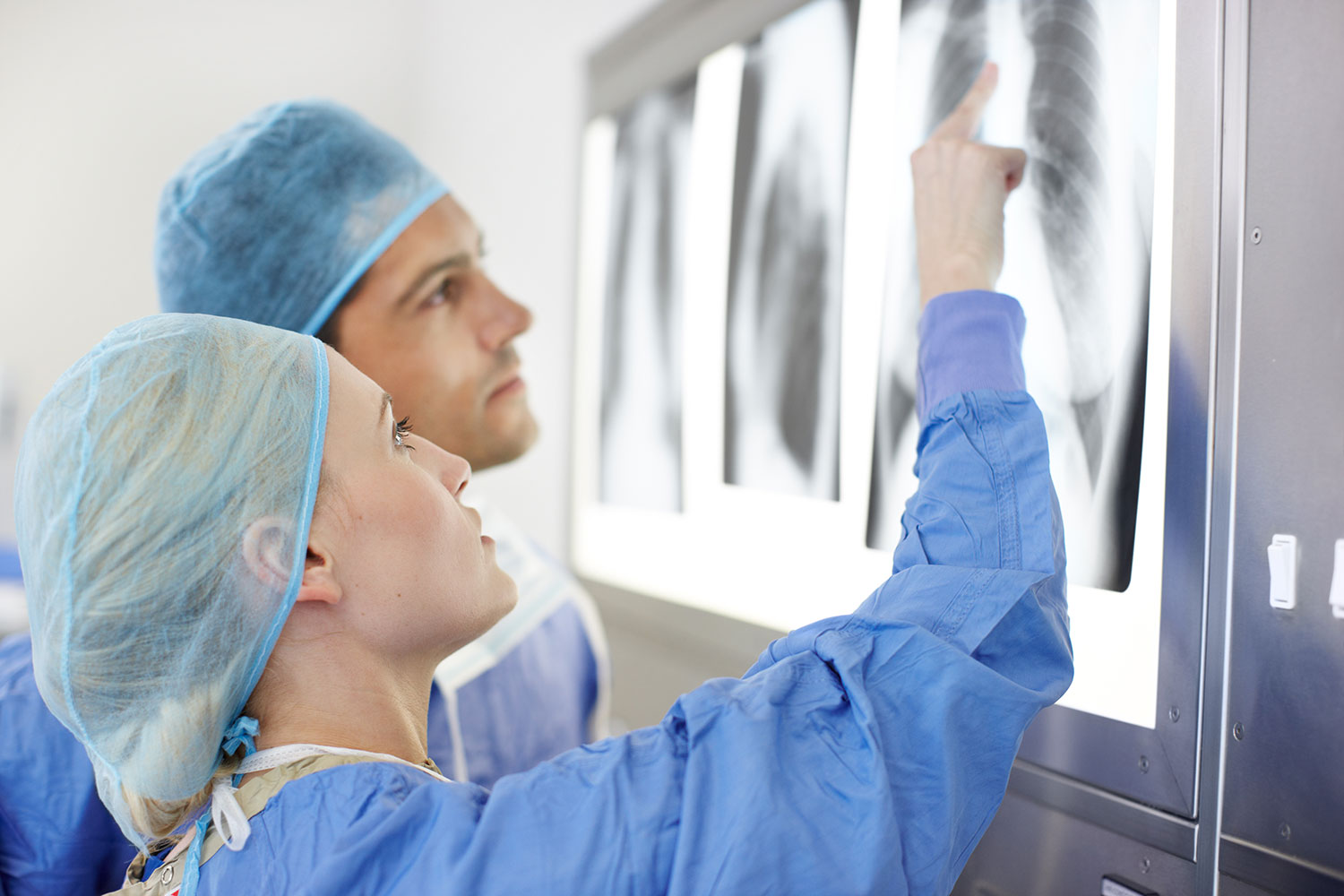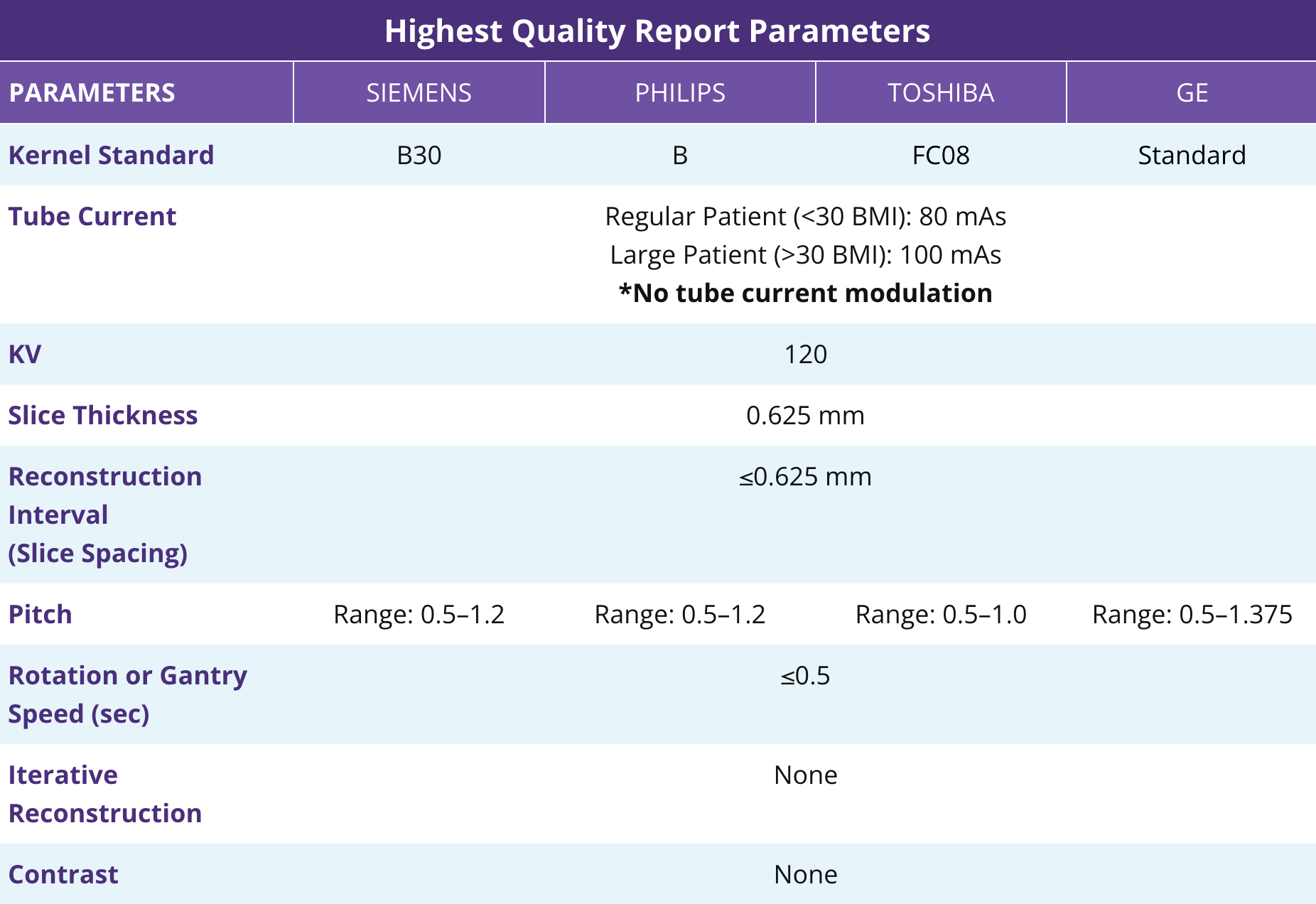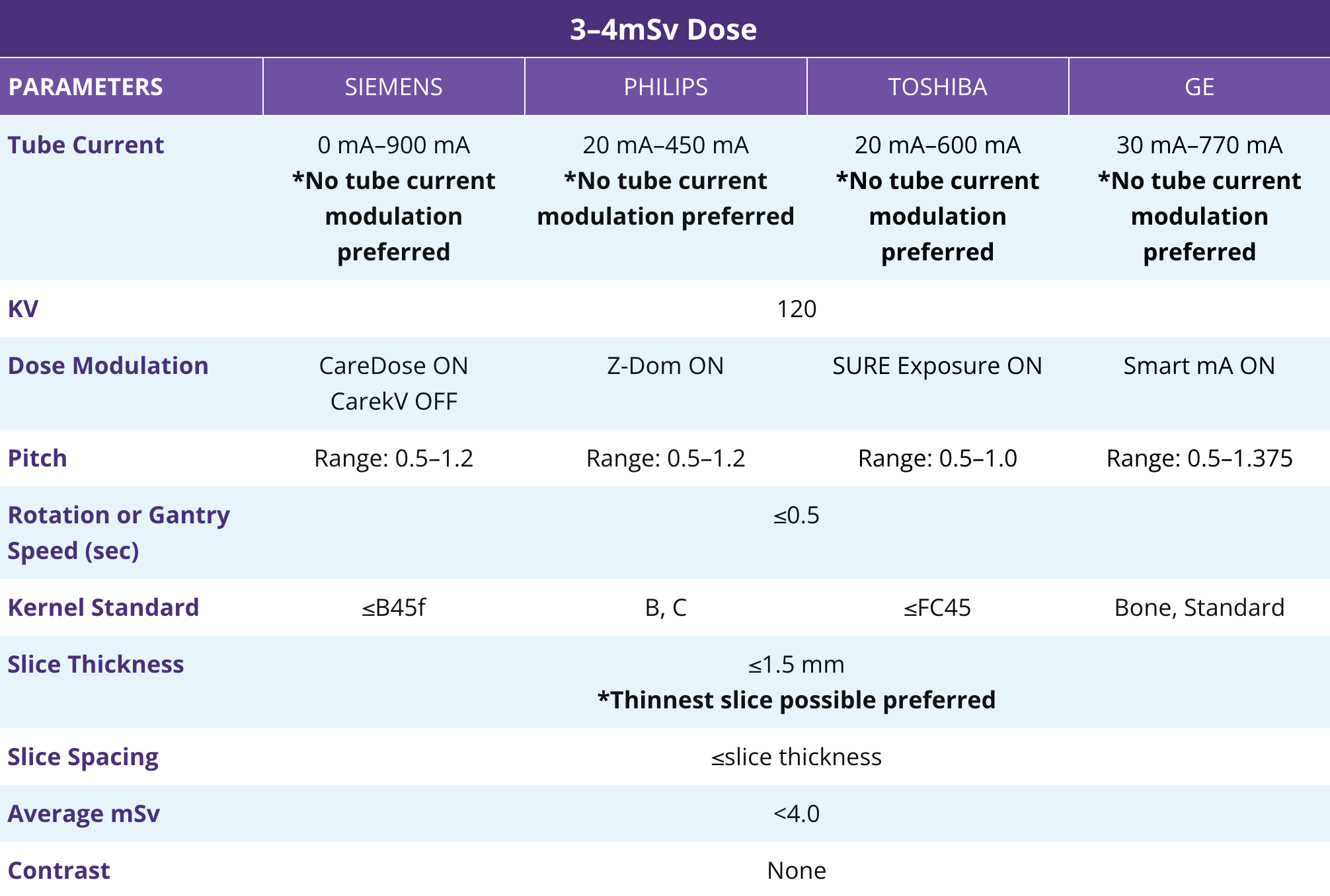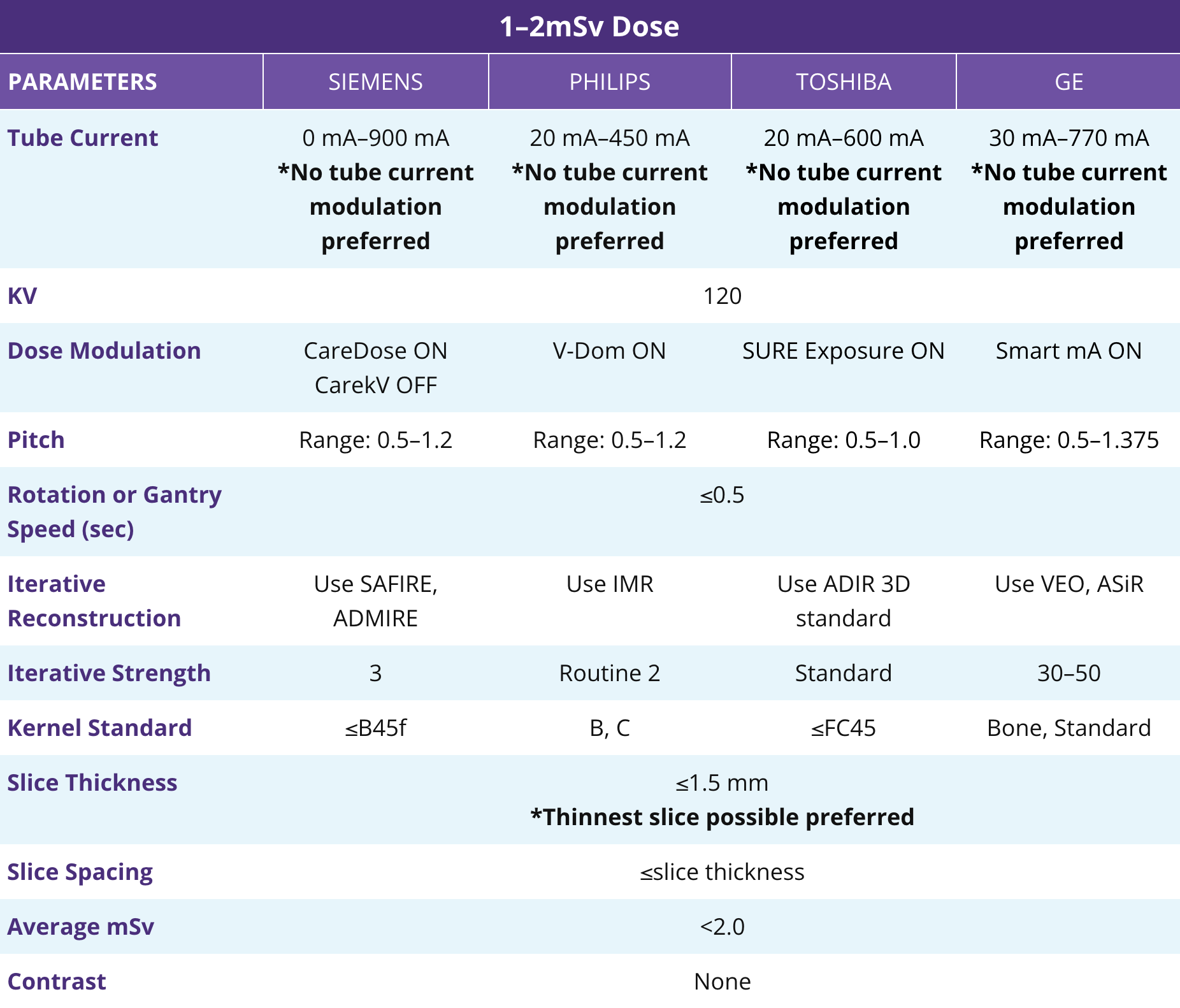CT Parameters
The following CT scan radiographic parameters have been optimized in order to provide appropriate input to generate a StratX® Lung Analysis Report.
In order to produce quality output parameters displayed in the StratX Report, it is recommended to adhere as closely as possible to the ideal parameters. If a scan can’t be obtained with the ideal parameters, we have specified acceptable scan parameters on pages 3 and 4. Significant deviation from these parameters may result in reduced accuracy or an inability to analyze the CT scan.
For more specific information related to scan parameters or if your CT scanner manufacturer is not listed below, please contact us directly for support at: stratxussupport@pulmonx.com
General Information
Ideal Scan Parameters
Following these parameters will achieve the highest quality report possible
Acceptable Scan Parameters
CT Scan Parameters WITHOUT Iterative Reconstruction
*No iterative reconstruction preferred
Acceptable Scan Parameters
CT Scan Parameters WITH Iterative Reconstruction
*No iterative reconstruction preferred
How StratX® Report Results Are Determined
The data presented in the StratX Report is based on Hounsfield units to measure fissure completeness, destruction scores, and lobar volumes. The quality of the uploaded CT images directly influences the Hounsfield unit of measurement. Below are examples of reasons why images will be rejected:
Motion Artifact Scan Rejection
Motion Artifact Image Distortion
Taking a CT scan while a patient is moving distorts the image quality, making it appear blurry or fuzzy. The image distortion directly impacts the accuracy of destruction, fissure, and volume scoring. A StratX Report will not be provided if a motion artifact is detected.
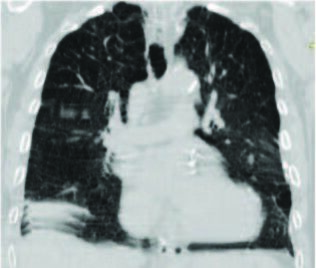
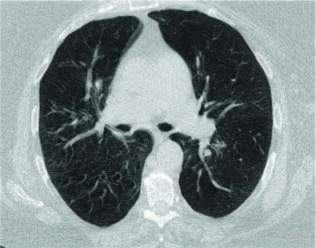
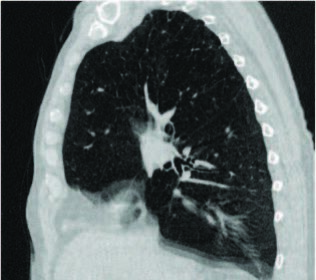
Inadequate Breath-Hold Scan Rejection
Expiratory Scans
Expiratory scans are noted by the raised diaphragm and lobar compression. Expiratory scans will lead to artificially low destruction scores and inaccurate lobar volumes. A StratX Report will not be provided if an expiratory scan is detected.
Raised Diaphragm
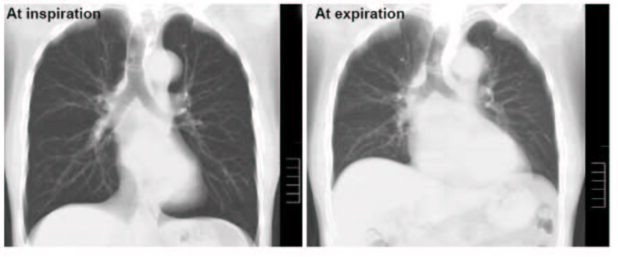
Contrast Scan Rejection
Scans with Contrast
If an image is taken with contrast, the vasculature will appear bright and will permeate into lung tissue resulting in
artificially low destruction scores. A StratX® Report will not be provided if a scan with contrast is detected.
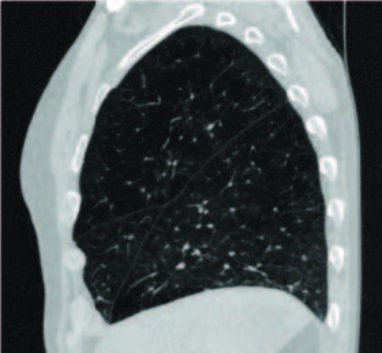
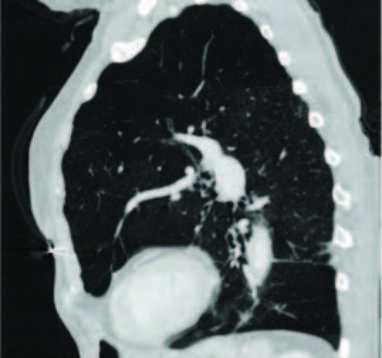
Incorrect Kernel
Images reconstructed with an incorrect kernel may result in inaccurate destruction scores. In the example below, an incorrect kernel has added noise to the image, resulting in an artificially low destruction score. If an incorrect kernel is detected, a StratX Report will be provided with a warning that the report may be inaccurate.

